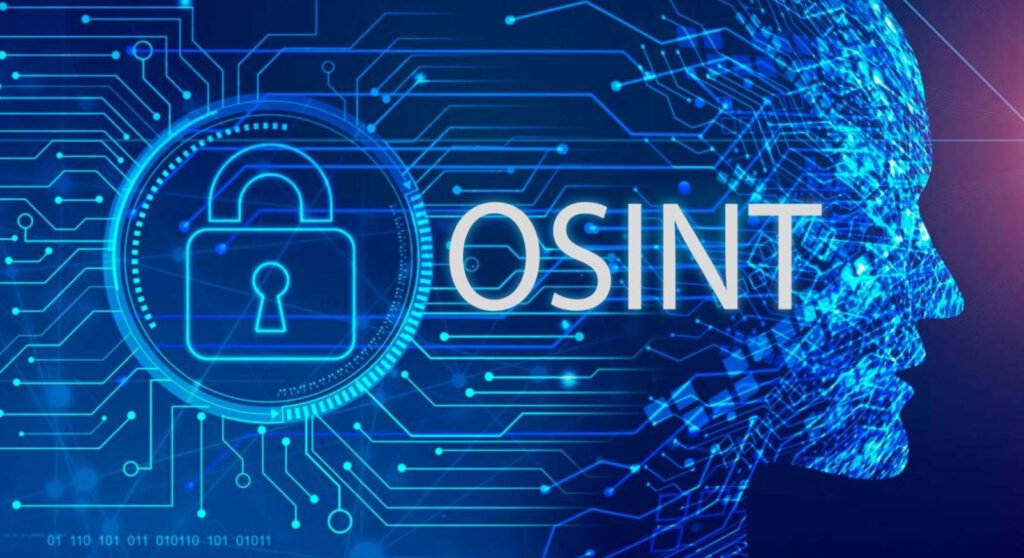Open-source intelligence (OSINT) is the process of gathering information from publicly available sources. This is a powerful tool for investigators, analysts, and businesses seeking insights without breaching legal or ethical boundaries.
Below is an overview of potential OSINT questions one might ask when investigating a corporation or an individual.
1. OSINT Questions for a Corporation
A corporation’s digital footprint can reveal critical operational, financial, and strategic details. OSINT allows for gathering information from social media, public documents, news outlets, and other sources.
Here are some sample OSINT questions for corporations:
1. How does the corporation use the Internet?
Does the company have a website, and how is it structured? Are there any corporate blogs, press releases, or other public internet engagements? Investigating these can provide a clearer picture of the company’s communication strategy and market positioning.
2. How does the corporation use social media?
Which platforms does the company actively use? Investigating this can offer insight into the corporation’s target audience and social media strategy. Is it more active on LinkedIn, Instagram, or Twitter? What tone does it use, and what is the engagement from the public?
3. Does the corporation have policies for what its employees can post online?
Many companies have social media or internet-use policies to protect their brand reputation and prevent unauthorized sharing of confidential information. These policies may be publicly accessible or mentioned in news articles and other sources.
4. How many vendors does the corporation have?
Knowing the number and type of vendors a company works with can help paint a picture of its supply chain, potential risks, and dependencies.
5. What vendors does the corporation use?
This information might be publicly available through procurement records or company reports, offering clues to the company’s supply chain, strategic partnerships, and operational needs.
6. How does the corporation accept payments?
This includes exploring if the company accepts digital payments, credit cards, PayPal, or cryptocurrency. Understanding this helps assess the corporation’s digital infrastructure and financial risk.
7. How does the corporation issue payments?
Investigating how a company pays its employees, vendors, or contractors might provide insight into its financial structure and operations. Are they using bank transfers, checks, or other payment platforms?
8. Does the corporation have call centers?
If a company operates customer service or support operations, identifying the location of its call centers can reveal information about their customer service priorities and global footprint.
9. Where are the headquarters, call centers, or other branches located?
The physical location of offices, branches, or customer support operations helps understand the company’s operational spread. This can be gathered from the company’s website or corporate filings.
10. Does the corporation allow BYOD (bring your own device)?
Investigating the company’s technology policy, especially whether employees can use their own devices for work, can shed light on their IT security posture and potential vulnerabilities.
11. Is the corporation in one location or many locations?
Identifying whether the corporation operates regionally, nationally, or internationally can reveal its market presence and scale.
12. Is there an organizational chart available?
An org chart can offer an understanding of the company’s internal hierarchy and key personnel. These can often be found through LinkedIn, company websites, or corporate documents.
2. OSINT Questions for an Individual
When conducting an OSINT investigation into a specific individual, various types of personal data may be gathered from social media platforms, public records, and other open sources.
Below are essential questions to consider:
1. What social media accounts does the person use?
Mapping out an individual’s online presence across platforms like Facebook, Twitter, Instagram, LinkedIn, and TikTok can provide insights into their behavior, preferences, and social networks.
2. What hobbies does the person have?
Social media posts, forums, and other online engagements often provide clues about a person’s hobbies and interests. Knowing these can help create a more comprehensive personal profile.
3. Where does the person vacation?
Many individuals post pictures or updates about their travels. Identifying vacation destinations can provide insight into their lifestyle, disposable income, and preferences.
4. What are the person’s favorite restaurants?
Social media platforms or review sites like Yelp or TripAdvisor can reveal information about where a person frequently dines and their culinary tastes.
5. What is the family history (sicknesses, businesses, etc.) of the person?
Public records, online family trees, or even posts on social media can disclose family health histories, businesses owned by family members, or other significant familial details.
6. What is the person’s level of education? What did the person study?
This can often be gathered from LinkedIn profiles or other professional networking sites. Knowing a person’s educational background can give insights into their career trajectory.
7. What is the person’s job role?
Understanding someone’s current job, whether they work remotely, their reporting structure, and their employer can be critical in painting a clear profile.
8. Are there other sites that mention the person?
Individuals often have profiles on various websites, such as conference pages, forums, club memberships, or blogs. Identifying these sources can broaden the scope of publicly available information.
9. Does the person own a house?
Public property records can provide details about homeownership, mortgage status, liens, property taxes, and other financial indicators. This also can indicate their financial standing and investments.
10. What are the names of the person’s family members?
Family information might be available on public profiles, news reports, or public records, offering details about family members who may be equally relevant to an investigation.
Conclusion
OSINT enables gathering a wealth of information about both corporations and individuals using publicly available resources. When done ethically and legally, OSINT can provide invaluable insights into a target’s operations, behaviors, and affiliations.
However, it is important to maintain ethical standards and ensure data privacy compliance while conducting such investigations.




Pingback: How to Use Kali Linux for OSINT Automation - Tech Hyme